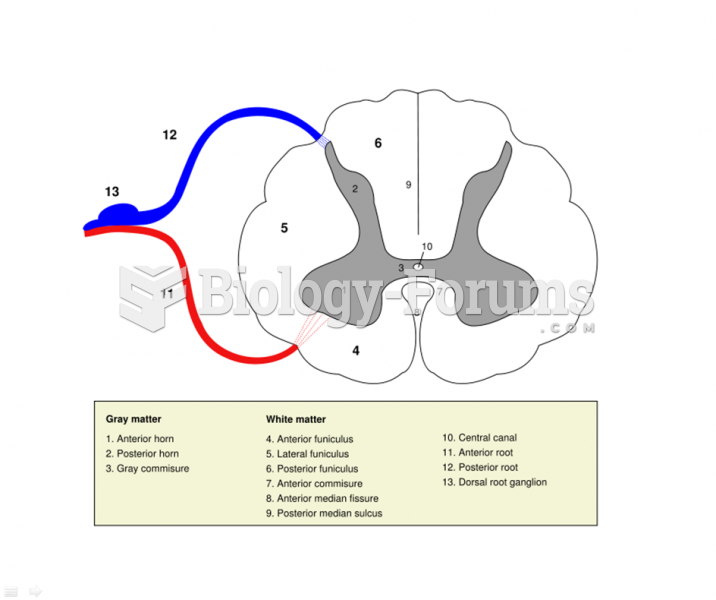Answer to Question 1
C
Answer to Question 2
In a 1966 article, Harvard Professor Raymond Vernon sought to explain international trade based on the evolutionary process that occurs in the development and diffusion of products to markets around the world. In his International Product Life Cycle (IPLC) Theory, Vernon observed that each product and its manufacturing technologies go through three stages of evolution: introduction, maturity, and standardization.
In the introduction stage, a new product typically originates in an advanced economy, such as the United States. During the introduction stage, the new product is produced in the home country, which enjoys a temporary monopoly.
As the product enters the maturity phase, the product's inventors mass-produce it and seek to export it to other advanced economies. Gradually, however, the product's manufacturing becomes more routine and foreign firms begin producing alternative versions, ending the inventor's monopoly power. At this stage, as competition intensifies and export orders begin to come from lower-income countries, the inventor may earn only a narrow profit margin.
In the standardization phase, knowledge about how to produce the product is widespread and manufacturing has become straightforward. Early in the product's evolution, production required specialized workers skilled in R&D and manufacturing. Once standardized, however, mass production is the dominant activity and can be accomplished using cheaper inputs and low-cost labor and, eventually, the country that invented the product becomes a net importer. It and other advanced economies become saturated with imports of the good from developing economies. In effect, exporting the product has caused its underlying technology to become widely known and standardized around the world.
In comparison, the internationalizatio n process model was developed in the 1970s to describe how companies expand abroad. According to this model, internationalizatio n takes place in incremental stages over a long time. Typically, firms start without much analysis or planning and begin to export, the simplest form of international activity, and progress to FDI, the most complex. The gradual and incremental nature of internationalizatio n often results from managers' uncertainty and uneasiness about how to proceed, because they lack information about foreign markets and experience with cross-border transactions.







